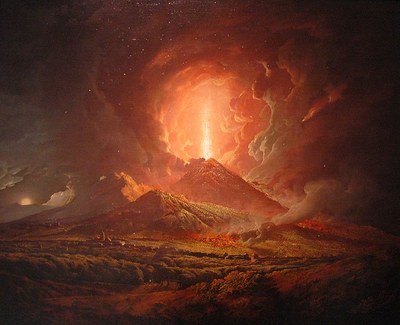Vesuvius from Portici
by
—
last modified
2020-05-25T11:25:33+02:00
The Huntington Library, Art Collections, and Botanical Gardens
The Huntington Library, Art Collections, and Botanical Gardens
Joseph Wright of Derby (1734–1797), Vesuvius from Portici, oil on canvas, 101 x 127 cm, ca. 1774–1776; source: The Huntington Library, Art Collections, and Botanical Gardens. Purchased with funds from the Frances Crandall Dyke Bequest, http://emuseum.huntington.org/objects/6436/vesuvius-from-portici?ctx=bec13f57-d4e1-4cc0-8519-32df3911978c&idx=0.
Artist Journeys: The Example of Egypt@Artist Journeys@(BE)@freigabe
Educational Journey, Grand Tour@Educational Journey, Grand Tour@(ÜB)@freigabe

